Starting from Marcel Pagnol’s birthplace, markers will walk you through the streets of Aubagne‘s historical centre, where you will discover the heritage and history of this thousand-year-old town.
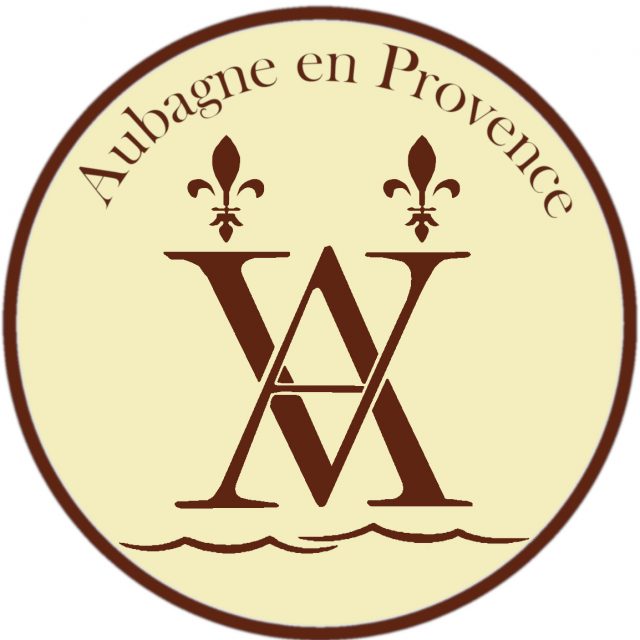 Clou de jalonnement parcours touristique Aubagne
Clou de jalonnement parcours touristique Aubagne Panorama Ville Eglise Tour De L'horloge Aubagne Oti Aubagne
Panorama Ville Eglise Tour De L'horloge Aubagne Oti AubagneStarting from Marcel Pagnol’s birthplace, markers will walk you through the streets of Aubagne‘s historical centre, where you will discover the heritage and history of this thousand-year-old town.
 Clou de jalonnement parcours touristique Aubagne
Clou de jalonnement parcours touristique AubagneIn the 17th and 18th centuries, the town developed towards the east and a new district was created: the ville neuve (new town). Its characteristics were straight streets and a new square, PlaceVilleneuve, in the middle of which a well was dug then turned into a fountain and decorated in 1828 by a sculpture representing The Rape of Proserpina by Pluto.
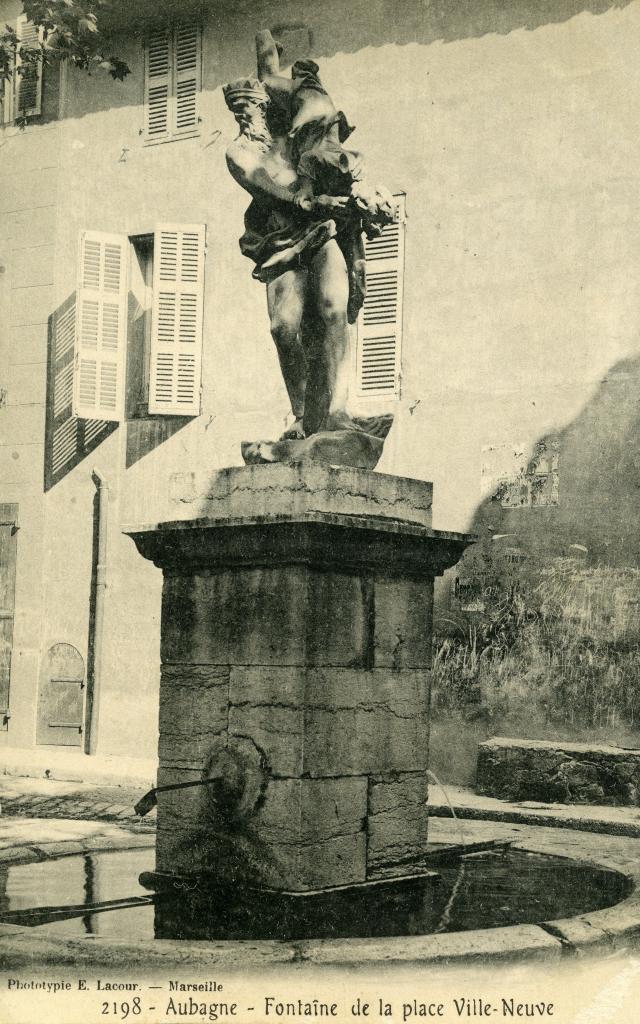
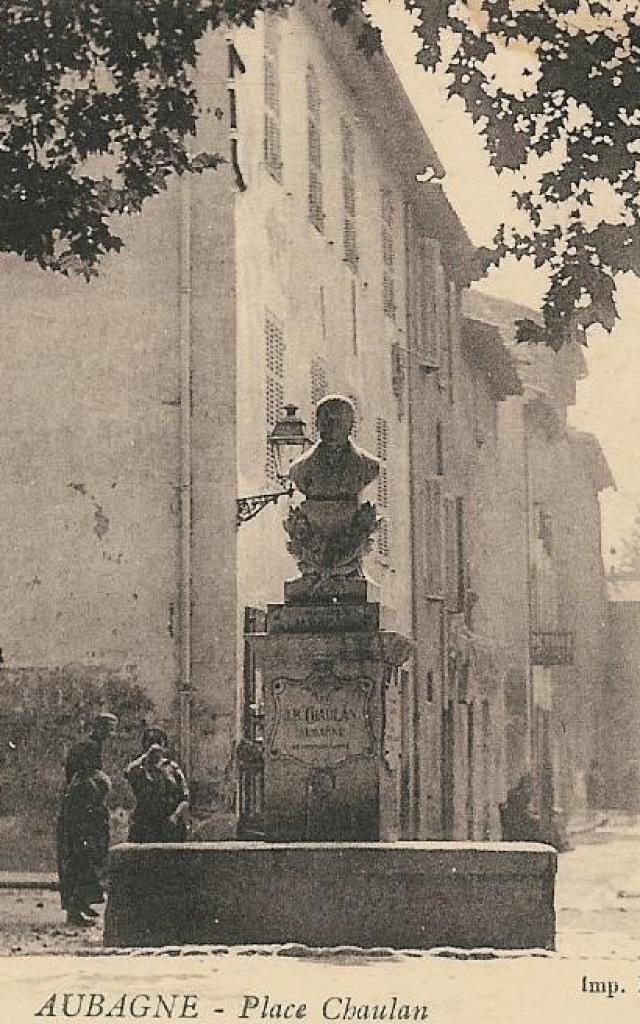
Jean-Baptiste Chaulan was born in Marseille on the 24th of august 1798. When he was 11, he was taken in and raised by his sister, Baptistine Bouteuil, who lived in Aubagne at chemin de Riquet. Jean-Baptiste then started an apprenticeship in a carpenter’s workshop nearby and soon became a skilful worker himself. In 1826, he sailed to the Canary Islands and arrived at Tenerife. He was hired as a carpenter and became a thriving craftsman. He married to a Spanish woman, Antoinette-Eulalie Jaisne.
As he felt his life was coming to an end, he wrote his will on the 24th of april 1864. He spared money for his wife and gave 25,000 francs to his employees and their children. He also donated 4,000 francs for the Santa Cruz hospital and deposited 40,000 francs in the Bank of France. The interests of this deposit were meant to be used each year as a dowry for a poor and virtuous woman from Aubagne, called “la Rosière”. In return, she had to promise to decorate Chaulan’s grave with flowers. Back to Marseille for business matters, he died on the 31st of July 1864. Between 1875 and 1948, 59 Rosières benefited from Jean-Baptiste Chaulan’s generosity.
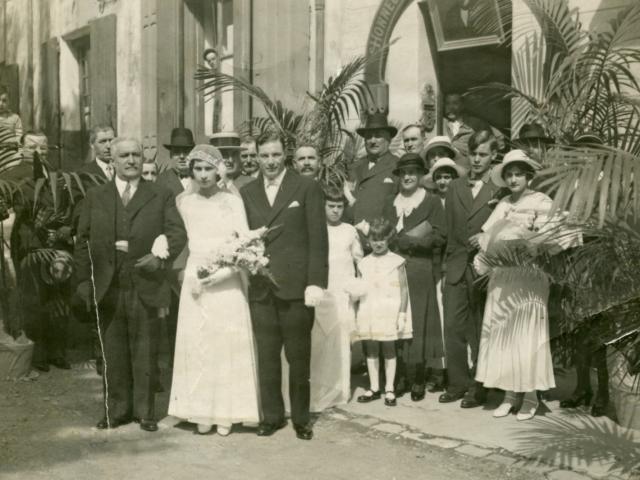
The town council has paid tribute several times to its benefactor. In January 1882, it changed the name of rue Ganteaume into rue Chaulan, then in 1911 place Villeneuve became place Chaulan. At that time, the former sculpture of the fountain was replaced by a bust of the carpenter, sculpted by Jules Conte.
A coumo la carrelo de Villenovo : fa jamai que rena !
She’s like the pulley of Villeneuve, she can’t stop whining!
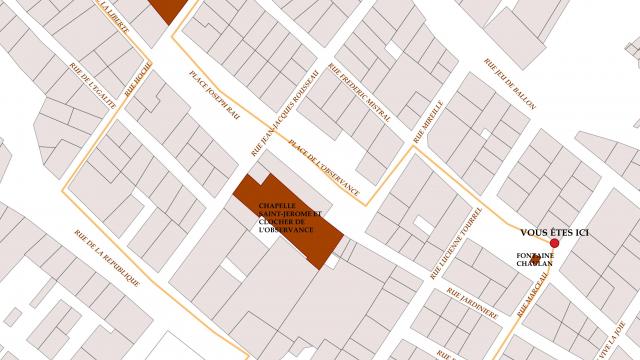
In order to help you through the tour, you can read our guidebook where you will find a map: